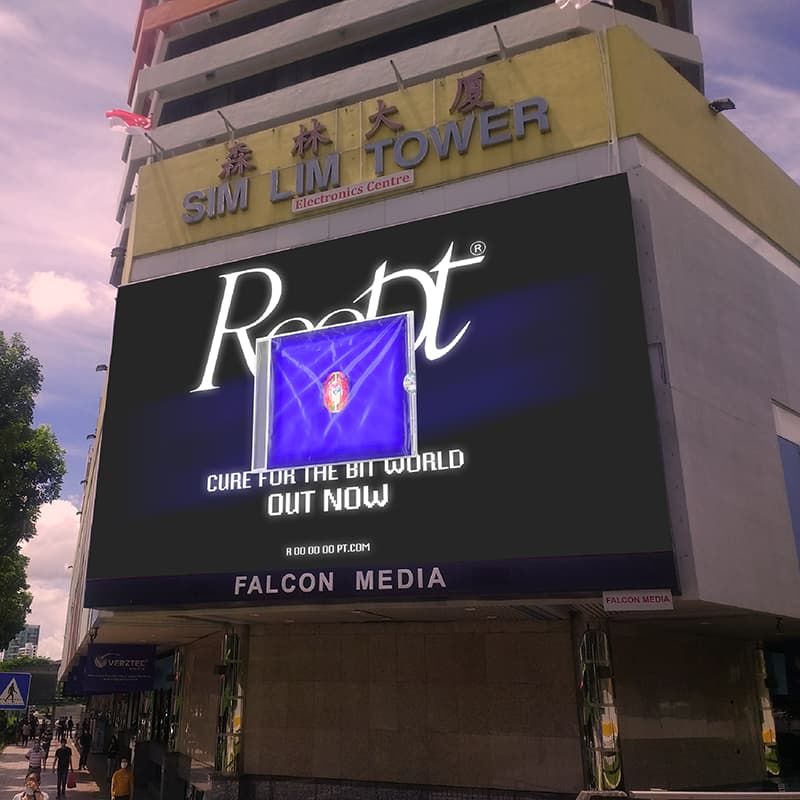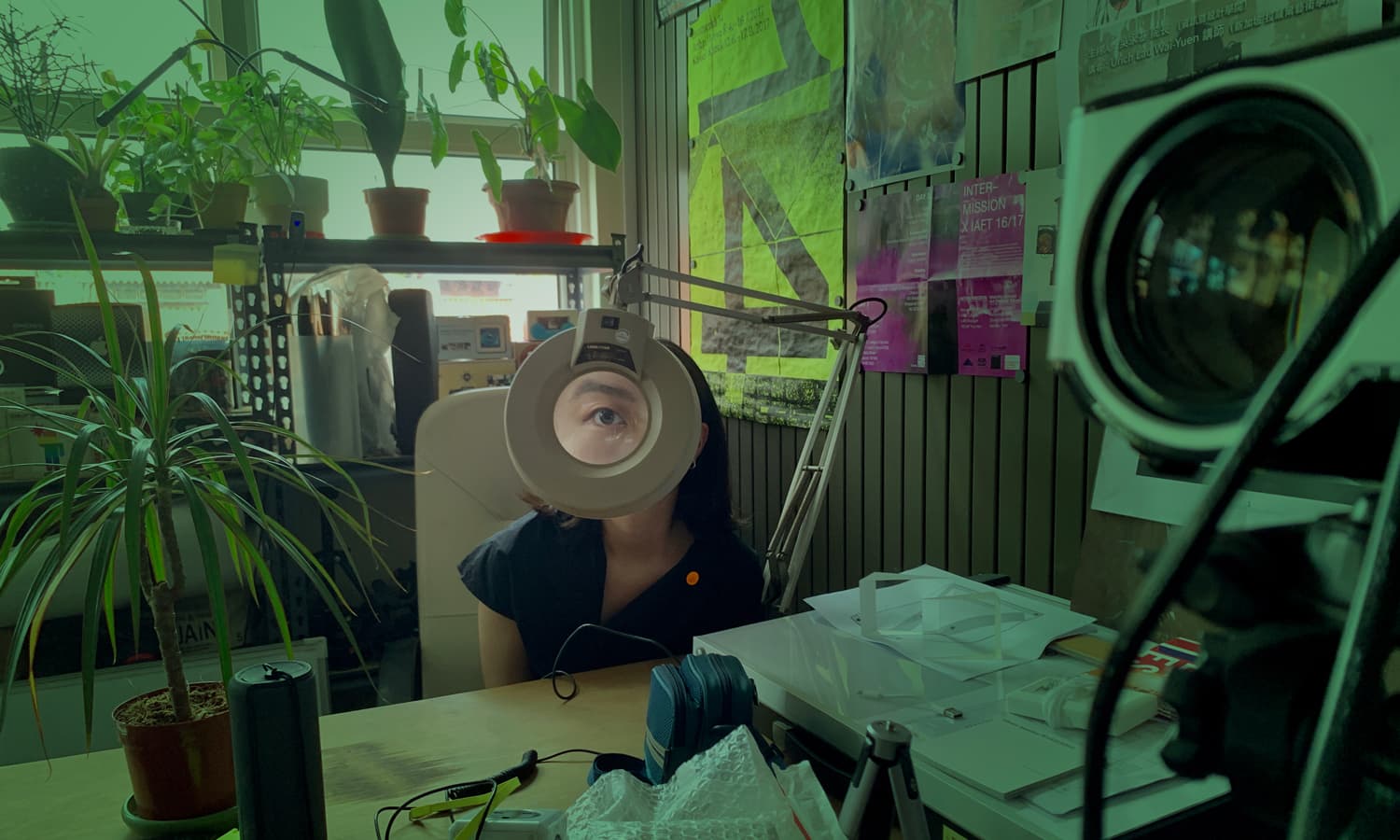Avis
How does the music-making come into play for u when u do art-making?
Jeremy
Don’t know (Haha). I have trouble linking them together sometimes. I think it’s only recently that I begin to see the relationship. I think if you have a musical mind, you are naturally artistic? Because musicians think in a way that is not linear, so there’s a very different kind of logic and usually, we apply that in our art-making. I think I am very rational in visual arts making, but in music, I’m more irrational, because music is formless and invisible. How the visual comes into music is that I look for the textures, I look for forms and sounds because I am not musically trained. I don’t think in terms of notes and keys, I think in terms of sounds and pitches, and feelings!
I think I have a very good musical memory, as in I can remember song structures and how chords move and progress. I can remember ‘oh! there is this base part of the certain song’ and then I try to apply it to what I am making. Because music is about the memory, you know. But sometimes music can be ‘at the moment’ as in you improvise. If I jam with MJ and YT, most of it is improvised, you don’t know what’s going to happen, so it is very organic.
So music is very organic as in, it’s slightly more organised than pure sound and noise because there’s some sort of structure, there’s a lot of repetition, there’s a lot of ‘coming-back’. at provides the refrain or the repetition which is a musical thing. You hear it in every song, whether it’s hip-hop, rap, r&b, there’s always a repetition of certain things. So that creates a certain structure. e idea of looping and repetition provides the organisation for music. Whereas sound and noise have less of that kind of structure so it is a bit formless. ere’s still cycles, let’s say your sound comes from birds, you don’t know when is that bird will come again, or what the bird is going to do again. But the bird is always singing in a certain way. And a particular bird always comes in at 9 o'clock to have this ‘sound’, it’s just that the duration is much longer, but there’s still a cycle, you know what I mean?
Sound and noise are more like a landscape of different things. So even if it is machine, like a washing machine, it’s noise. If you hear it, if you record it, it’s just noise. But if you listen to it again and again, it’s hypnotic, it’s very repetitive because it is a constant repetition. So there is a rhythm. ere is a rhythm in environmental noise if you listen properly. So it’s just that, because there’s so formless and there are so many elements, it becomes disorganised but actually there’s a lot of organisation that happens in nature. Which is not musical, but it is musical to certain people. I think it is a matter of threshold? I think artists have a bigger threshold on what is noise and what is music. So we are more open-ended and we are more accepting of more things. It’s all about listening, if you grew up in the diet of pop music, you might treat John Cage, and Avant-Garde music as noises. Actually, Music is all about listening. German eorist, eodore Adorno said ‘What we like and what we don’t like is all condi- tion, is based on what we are trained to listen to.’
Avis
So is it something like a life-style??
Jeremy
Yeah, it is something like a life-style, it is like a habit. If you grew up liking noise and sounds, you won’t hear it as noise, you will hear it very musically. But if you listened to Britney Spears your whole life, every other music other than Britney Spears might sound noise to you. Or listening to the music that is over 4 minutes, because that is the pop standard, it might be too much, because your ear is not trained to listen to something long and durational.
But if you listen to 20 minutes piece is like watching a film. Sometimes for me, music can be cinematic, cos they bring you to the many worlds when I close my eyes and listen, it’s like a channel, you know. I just get transported. So that’s what I mean by landscape and textures. You’re not listening for the hook, you listen more for the worlds. So I find listening as a huge part of music and sound. Also because it asks for your attention that is very different from the visual. If you walk into an exhibition, if you don’t like a certain piece, you can choose to walk away, you don’t need to stay. But music is a bit different because you need to listen, sometimes you need to pay attention but you can also not pay attention. It doesn’t ask that of you.
However, you might not get music upon first listening, but it’s in your memory you know. And then sometimes, something about that song comes into your head, and then you will feel ‘Oh shit, what’s that it’s coming back to my head’, then you need to listen to it again and it will grow on you. Second listen is more exciting. ‘Oh, ya, I never realised about this composition!’ But this is more about sound and experimental music.

